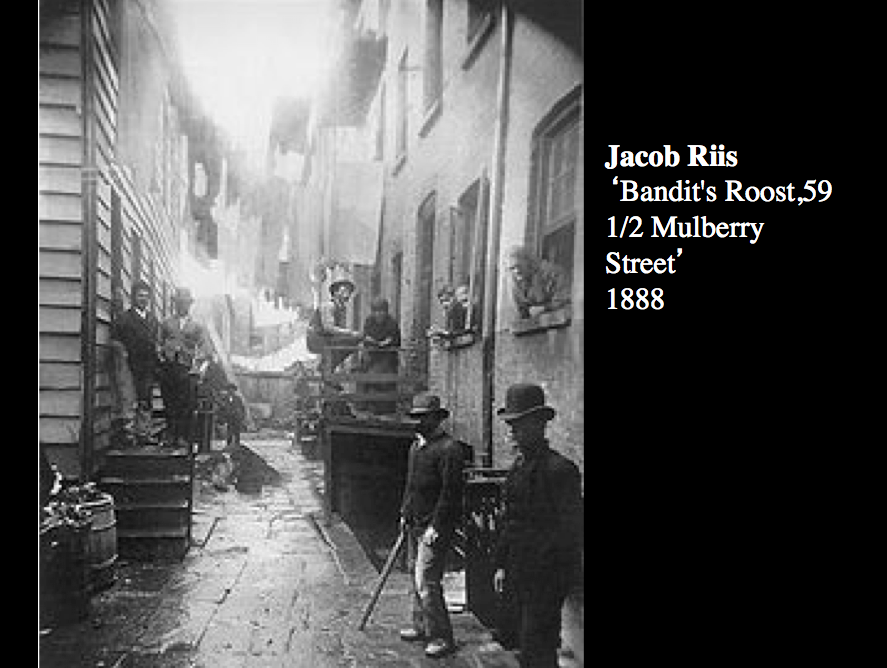Mass media communication refers to how media technologies are intended to reach large audiences in forms of communication. The technologies vary highly:
Broadcast
media such as radio, recorded music, film and television transmit their
information electronically.
Print media use a physical object such as a
newspaper, book, pamphlet or comics, to distribute their information.
Outdoor
media is a form of mass media that comprises billboards, signs or placards
placed inside and outside of commercial buildings, sports stadiums, shops and
buses
These images above display an example of how fine art and graphic design/ advertising can possibly differ by the introduction of text for a purpose (selling soap).
This quote is an example of what Graphic Design could be considered as by pushing the idea of functionality (form over function or form dictated by function).
Advertising as a whole was considered linked with capitalism and a form of manipulation of peoples opinions and wants. The quote below explains how Graphic Design wanted to be something separate from this and designers generally deny the link between adverting and graphic design.
Within the art/design industries Fine Art and Graphic Design have been considered as separate disciplines however the posters below show how they are both used in harmony, as illustrations are used as promotional material along with type.
And again used to advertise cigarettes:
This shows how fine and graphic design are separate forms of art they can form together to suit the purpose/ function of the work.
In terms of Graphic Design within the 1900's there was a vast difference between countries, such as how British design was being produced and also for example how German design was progressing.
The German advertisement shows how minimalistic the design was becoming and progressing at the time with simplistic shapes and a small colour palette, which opposes the traditional element to British design in terms of the war poster, it uses the idea of tradition and what it "means" to be British to enhances the message of the poster.
Although Germany did also have a form of identity in terms of fonts that they did use as Blackletter fonts where often used within posters which resembled Germany also.
The original London Underground map was incredibly difficult to understand, highly complex and struggles to offer the information and functionality it needed to. Harry Beck was a highly famous designer and known for recreating/ rethinking the design of the Underground map and made it highly simplistic and considerably easier to understand, with straight lines and colour coding, it was easier to understand which stops were after one another. The map doesn't show the distance between the stops only which are after another (order) which is also successful as it makes the design highly simplistic and easily understood. This shows how Graphic Design forms a function and helps everyday people.
His design has also been updated since through adding more stops and a larger area but also further editing in terms of colour coding.
Graphic Design also influenced Fine Art as this piece was created by Simon Patterson, instead of using the station names he changed them to famous people, such as scientists, philosophers, footballers, comedians and many more.
Close up:
Bauhaus:
'With their theory of form over function, the school emphasized a strong understanding of basic design, especially the principles of composition, color theory, and craftsmanship, in a wide array of disciplines. Because of the Bauhaus belief in the oneness of the artist and the craftsman, their courses taught students to eliminate the ideas of the individual and instead focus on the productivity of design.'
http://99designs.com/designer-blog/2013/08/15/know-your-design-history-the-bauhaus-movement/
The Bauhaus was and still is a highly influential part of Graphic Design as it teaches that function is highly important.
Other countries at the time also seemed to be following this ideal and creating work in similar styles, such as in France. The poster below is simplistic and used larger shapes as forms of artwork instead of a photograph of the tracks for example.
However British design didn't seem to follow and relied on their traditional aspect to the country such as large photographs or paintings of beautiful landscapes, however this wasn't relevant to the design and they therefore seemed to be slightly backward in their thinking- they followed form over function.
Artists such as David Carson revolt against the function vs form, as in this piece stating "don't mistake legibility for communication" his work often doesn't follow traditional grids and layouts for design and often he believes that design's don't have to be readable to make sense.
An example of how type and simplicity can sometimes work more effectively than actual horrific pictures of starving children and the poor.
Design which changes peoples minds/ educates them on the world:



























































